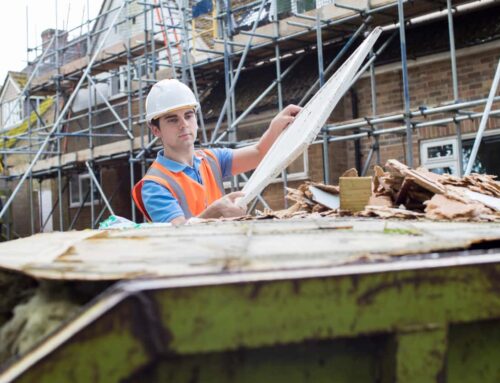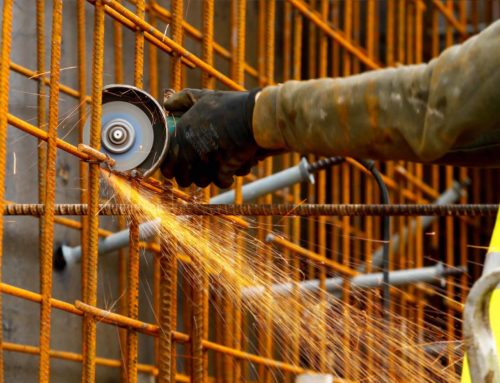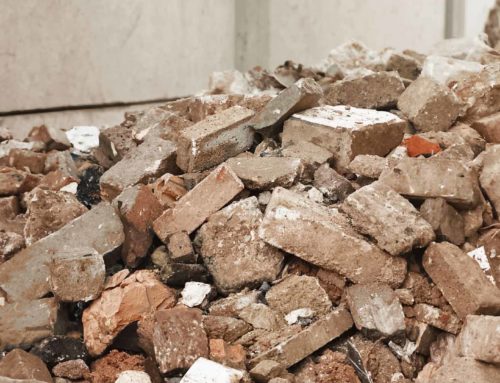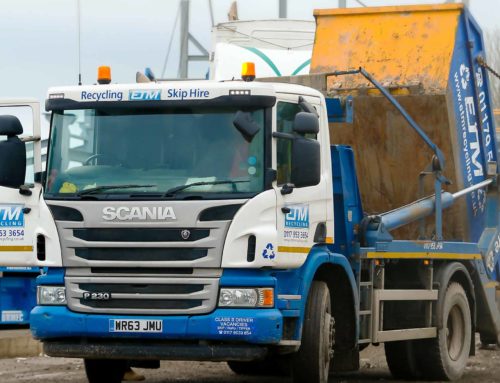The ‘waste hierarchy’ is often mentioned in the waste management and recycling industry. For new businesses or organisations overhauling their waste management, this term and its importance to businesses may need more explaining.
Our expert waste management operatives at ETM Recycling have produced this guide to the waste hierarchy. From what it is and why it’s important to why we use it, this comprehensive guide gives businesses all they need to know.
What Is the Waste Hierarchy?
The waste hierarchy lists ways in which waste can be managed. The methods are sorted and prioritised according to most environmentally friendly to least, hence the ‘hierarchy’.
The official definition given by the UK Government is: “The Waste Hierarchy ranks waste management options according to what is best for the environment.”.
Since 2011 the waste hierarchy has been a legal requirement for businesses and public bodies that produce and handle waste to follow. The hierarchy is set out at Article 4 of the revised Waste Framework (Directive 2008/98/EC). See the full UK Government guidance on applying the waste hierarchy here.
The Waste Hierarchy Explained
In 5 levels, the waste hierarchy explores possible management for most waste types*. In order of most favourable to least, the levels are:
Prevention
The most environmentally considerate way to manage waste is to produce less in the first place. Businesses can reduce the amount of waste they produce by auditing waste, implementing better processes and increasing awareness of business waste creation.
Preparing for re-use
Waste producers should explore options for reusing materials. This process can involve checking, cleaning, repairing, and refurbishing products or materials.
Recycling
Recycling turns waste into new substances and products. This stage is predominantly where waste management providers get involved to help businesses effectively recycle with services including suitable bin hire, collection schedules and legally required waste transfer notes.
Other recovery
Value can be extracted from waste even if it is not recycled. Energy recovery from incineration, for example, creates energy through the burning of waste, however this does release harmful gases. Other recovery methods include anaerobic digestion, gasification, and other associated processes.
Disposal
Once all the above options have been explored, disposal is the final waste management method. Landfill and incineration (without energy recovery) are the alternatives, both with negative environmental impacts.
*It is important to note that not all materials are applicable to the waste hierarchy method. For example, the most environmentally friendly way to manage food waste is anaerobic digestion.
Importance of The Waste Hierarchy
Following the waste hierarchy has many benefits, including:
Compliance
As stated above, businesses have a legal Duty of Care to be responsible regarding waste management and must thus implement the waste hierarchy into their management. Failure to do so can lead to legal action. Businesses must prove their consideration of the waste hierarchy on their waste transfer notes, for example:
“I confirm that I have fulfilled my duty to apply the waste hierarchy as required by regulation 12 of the Waste (England and Wales) Regulations 2011.”
Increase recycling
At ETM Recycling, we are proud to recycle 98% of the waste we process at our waste transfer centre just outside Bristol. By effectively applying the waste hierarchy and exploring various waste management options, businesses are likely to increase recycling with positive impact on the environment. Even if businesses already recycle, there may be ways they can become more efficient, such as better separating the different dry mixed recycling materials.
Divert waste from landfill
Diverting waste from landfill is our key mission here at ETM Recycling, as we recognise and wish to prevent the harmful effects landfill sites have on people and the environment. Exploring other methods of waste management ensures the waste is valuable and not contributing to negative environmental impacts.
Cost savings
Managing waste can be a costly process for businesses, from transport to tipping fees. More effective waste management using the hierarchy can streamline and even reduce waste associated costs.
Awareness
By applying the waste hierarchy and examining the waste created, businesses may become aware of just how much waste is needlessly created. The knock-on effect of this understanding can be transformed processes, better practices and general business improvements, leading to cost savings and a more eco-friendly business.
Learn More with ETM Recycling
For effective waste management in line with the waste hierarchy, get in touch with ETM Recycling. Our expert team specialise in providing comprehensive waste management for businesses and local authorities in and around Bristol and Bath. From ongoing commercial waste management contracts to one-off skip hire, we offer a full range of professional waste and recycling services to help local businesses become more efficient and environmentally friendly.
























